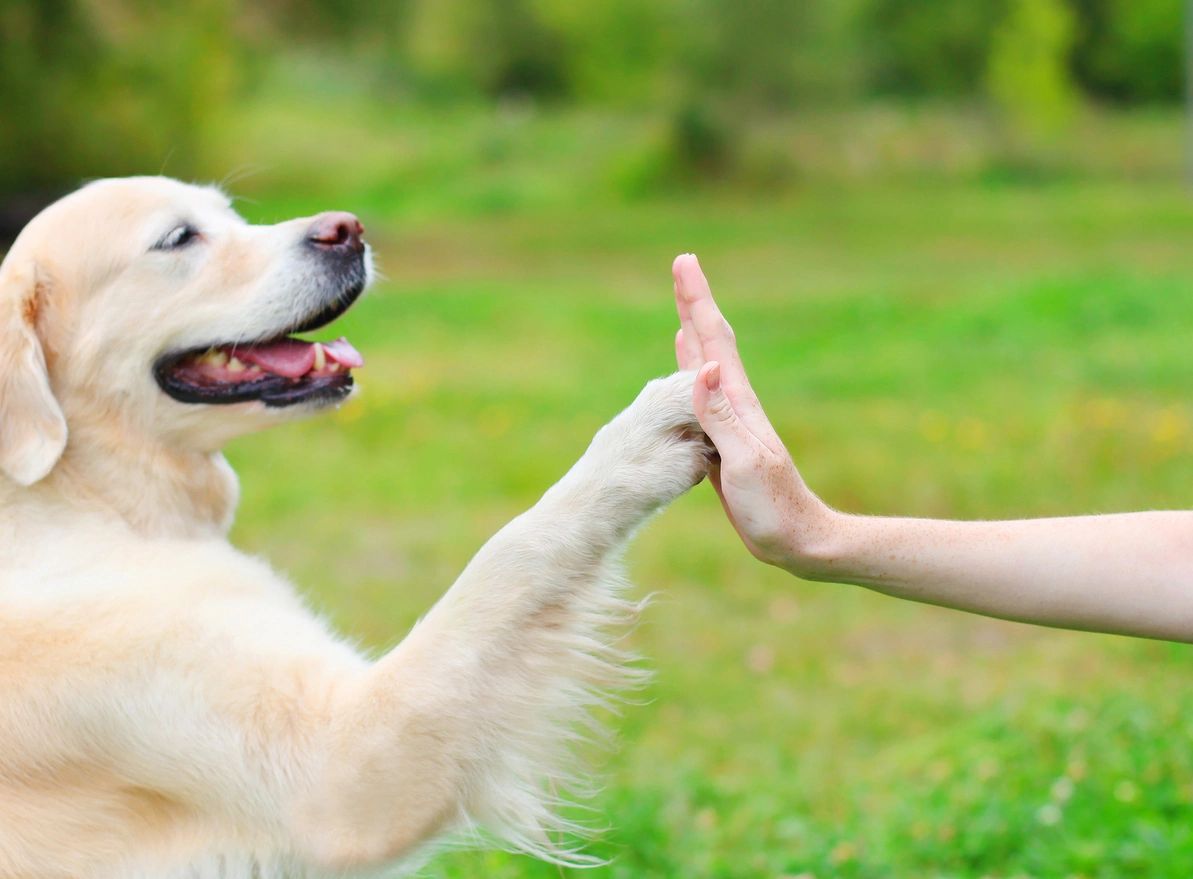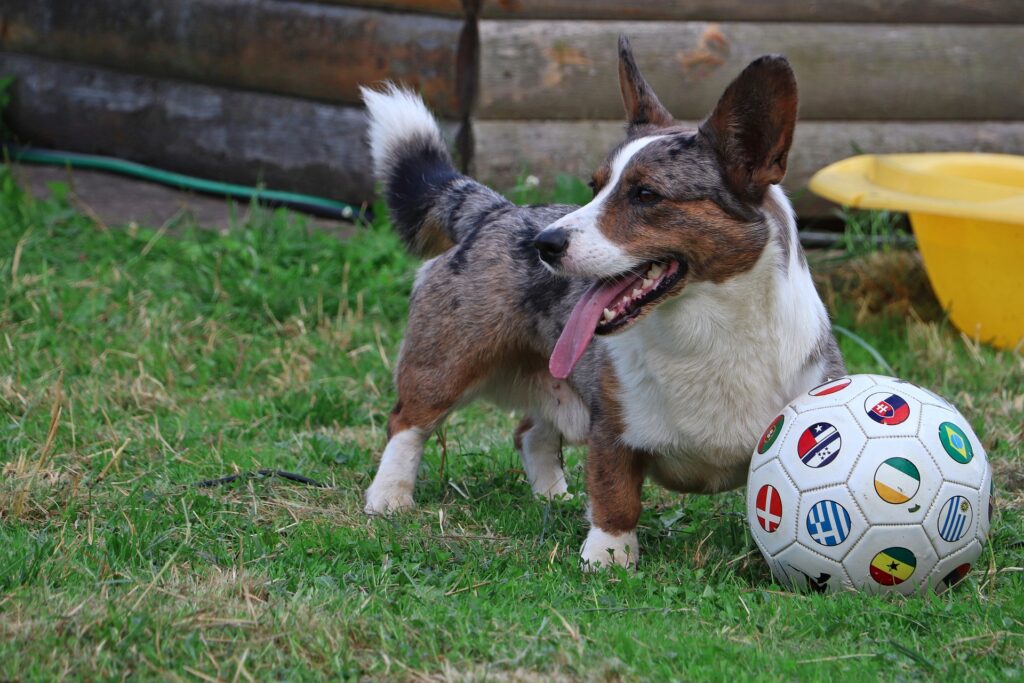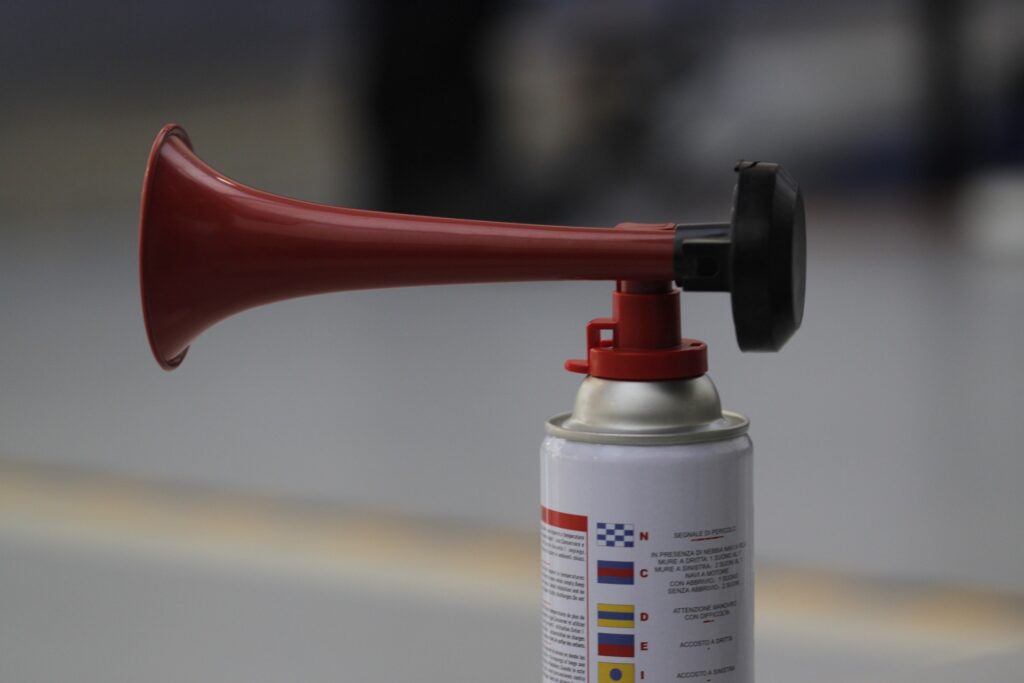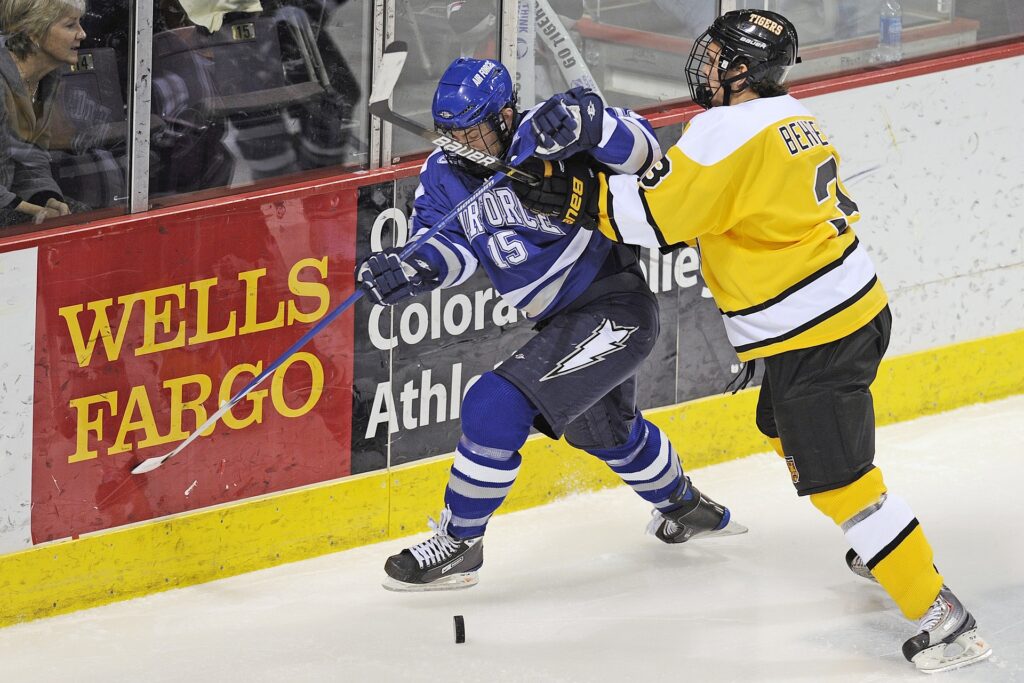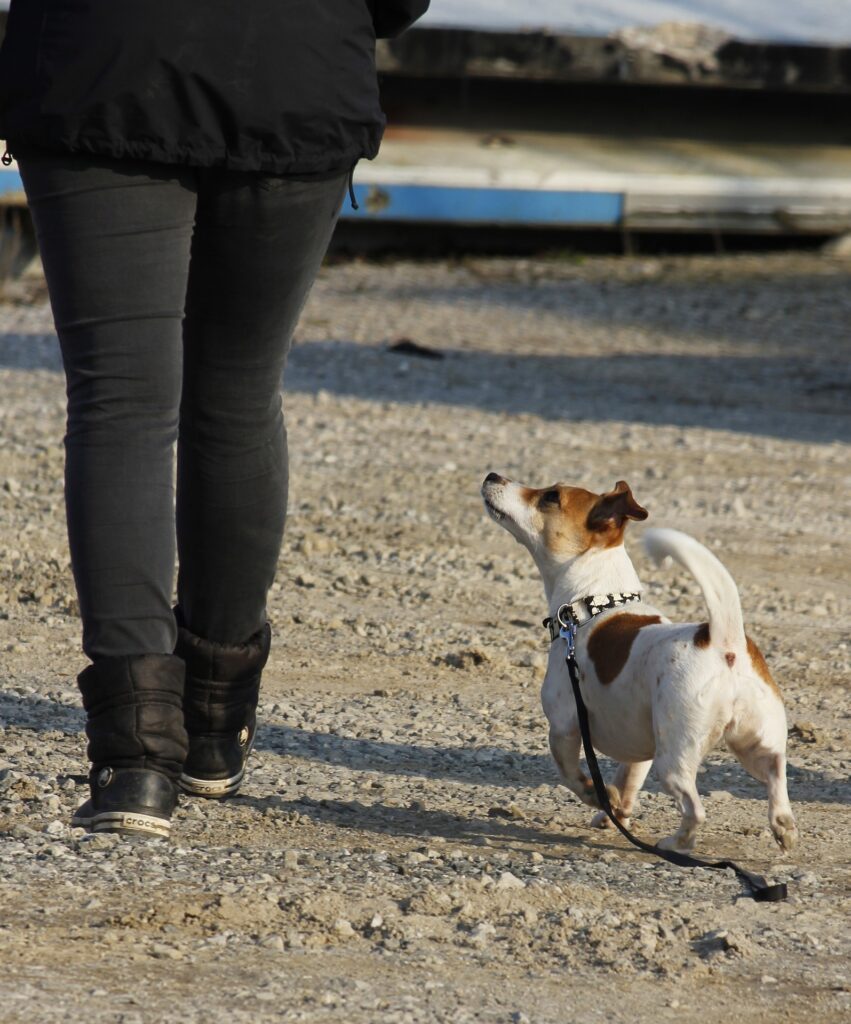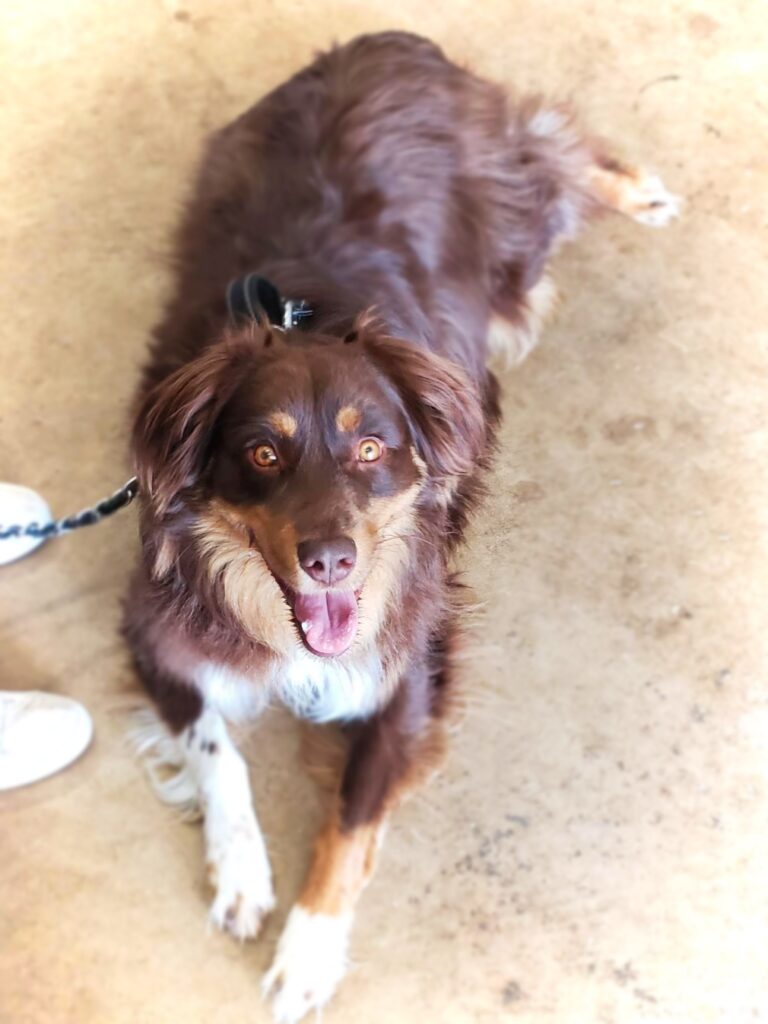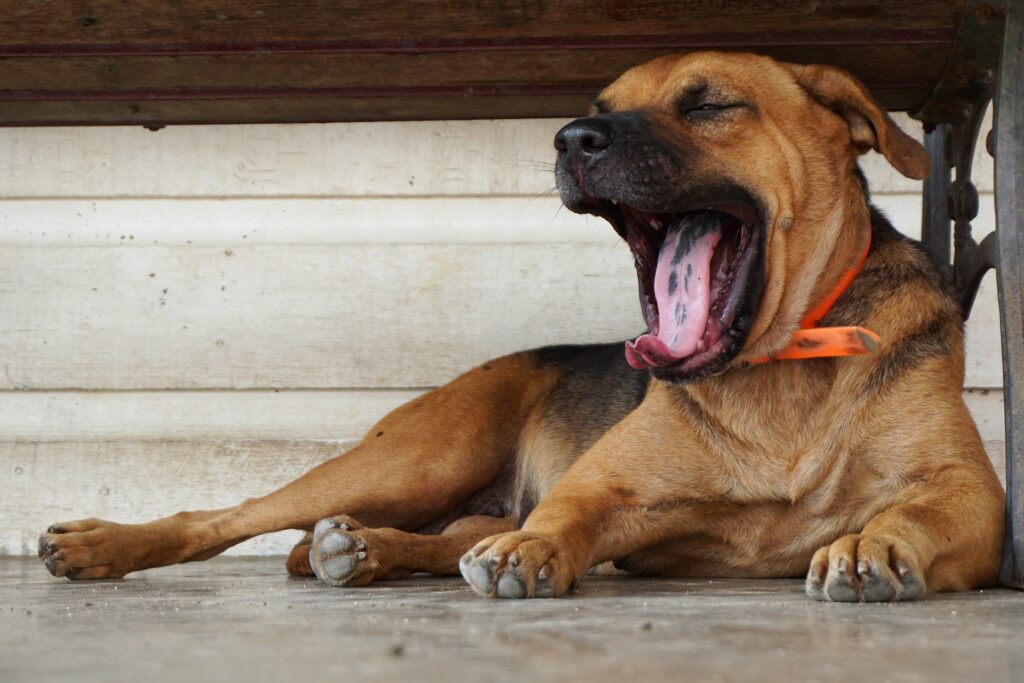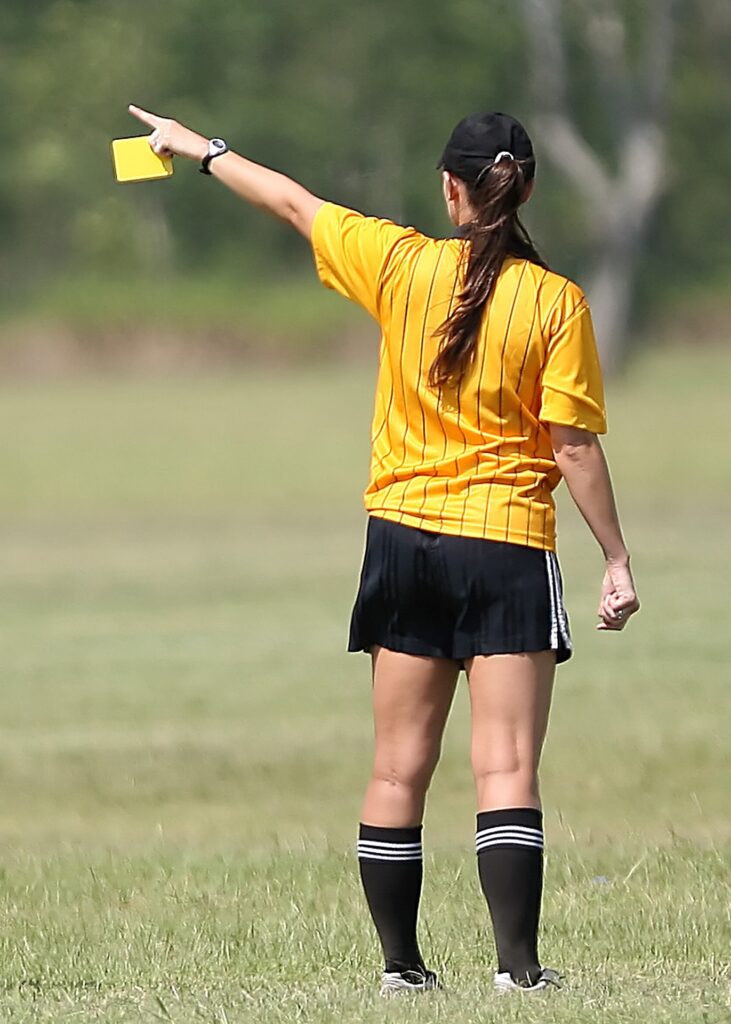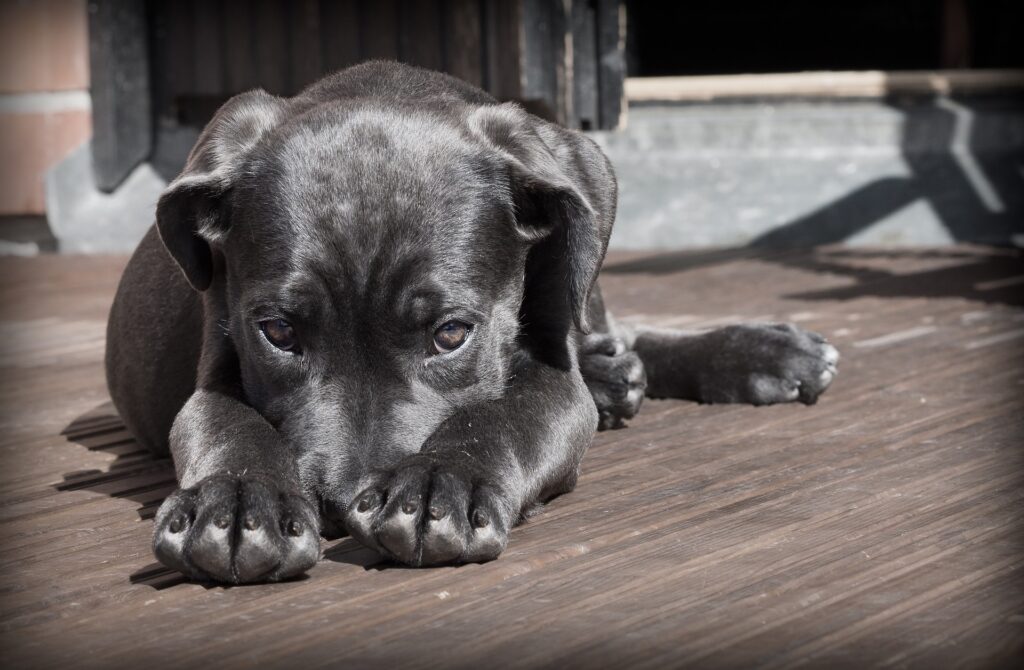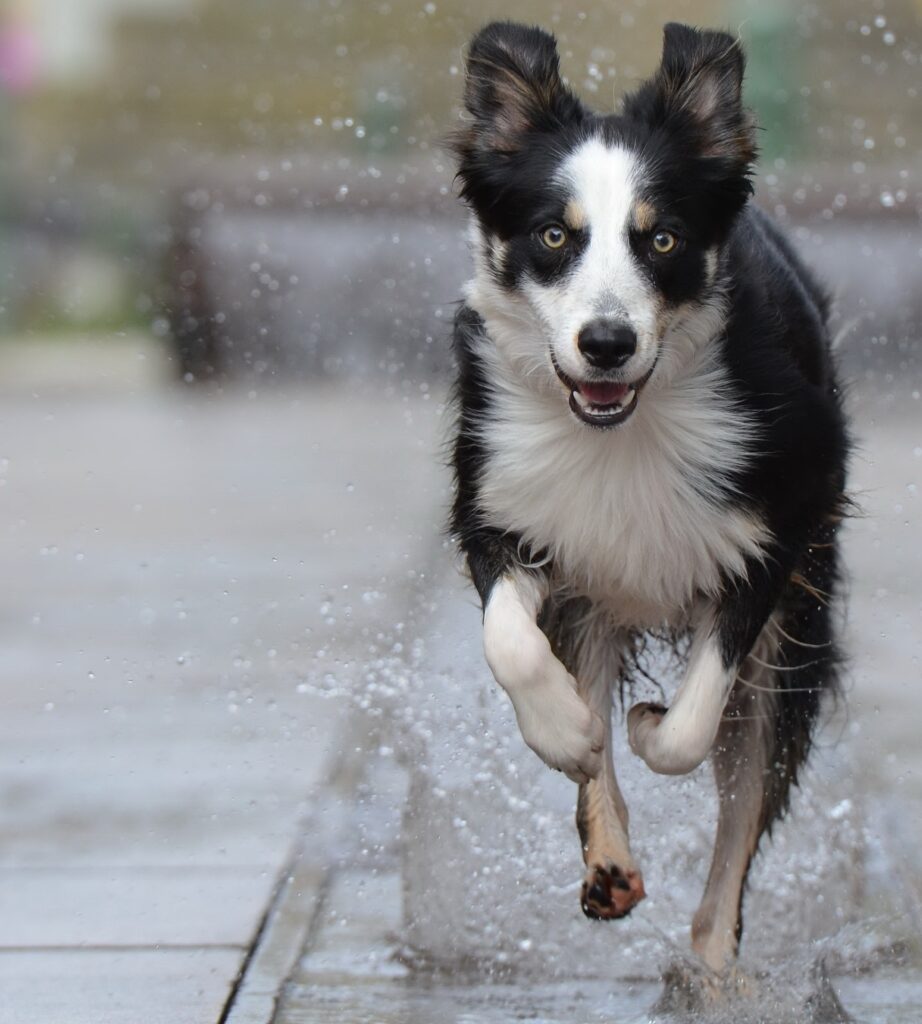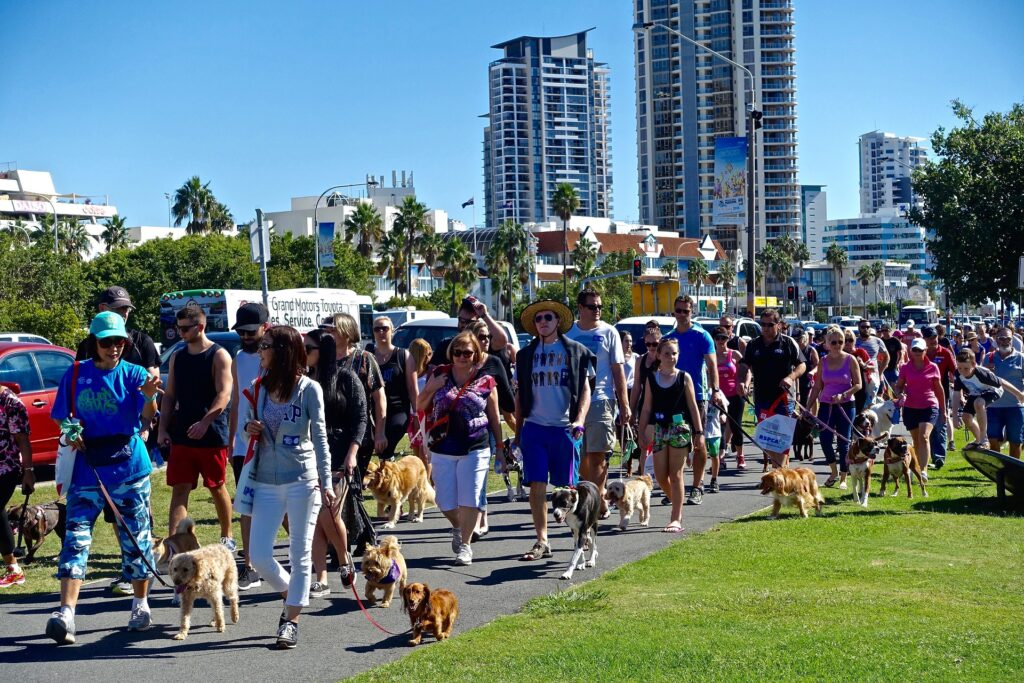Bark in the Park is on the rise. If you love baseball and dogs, you may have already heard about special events where you get to combine the best of both worlds. Many stadiums are allowing the public to bring their own four-legged mascots to their favorite sporting events on special occasions.
I personally have had a blast at two sporting events with my dog–a polo match and hockey game. Bringing my dog along on these adventures has let me see first hand what it takes to get a dog ready for a sporting event, and has given me some experience about what to expect.
With a Bark in the Park event coming up for the OKC Dodgers in September, I have decided to share my insights on what to expect when taking your own personal mascot, along with some simple training games to get your dog game day ready.
Make Some Noise!
Sporting events can get loud. There’s a lot of excitement and people have historically been good at making loud noises when they party and celebrate. With all the boisterous energy from fans, the atmosphere can get pretty keyed up. Know what your sport is like as far as noise level goes. Taking your dog to watch golf is a different experience than attending a hockey game.
Also remember that our dogs’ hearing is more sensitive than ours. Even though you may think your dog’s hearing is broken when you are trying to get them to do something, I promise you that those ears probably work, and a lot better than yours do.
I expected the noise of the hockey game to get intense. While I expected the crowd cheering and the scoreboard buzzing, there were a few sounds that surprised us. I had chosen a seat with my dog that had us right next to the action, which meant that while she couldn’t see the players directly, she definitely heard both them and the puck hit the wall next to us. The proximity of the seats had made the experience immersive, which my dog had to get accustomed to. While I know logically that pucks and humans hitting walls at Mach speed is loud, I didn’t quite understand how loud it could get that close to the ice.
While I expected airhorns, I didn’t expect the train horn that blared both when the home team came out onto the ice and when they scored a goal. It was thrilling and I was glad I got to have my dog with me as a part of the experience. But knowing that intensity beforehand would have really helped me prepare her for those experiences instead of trying to work on damage control in the moment.
Luckily, my dog is a resilient girl. She was a little concerned at first with the strange new sounds, but quickly recovered. She’s never had much noise sensitivity.
Had I known everything to expect, I would have played some games with her to help her prepare. Luckily, the world wide web helps make this training easier.

“What’s that Noise?” Game:
- Get some yummy treats ready and find videos online of the event noises you are going to encounter. Common sounds to look for are air horns, crowds, shoe squeaks, skates, fireworks, scoreboard buzzers, crackly PAs, bats hitting balls, and yes, even train horns and the shooting smoke machine that goes with it.
- Turn the volume all the way down. Yes, all the way.
- Slowly increase the volume until your dog starts to notice the strange new sounds. Some dogs are obvious and will start to tilt their head while others will get still and quiet as they assess the situation. When you see they are noticing the noise, keep the volume at this level to start or maybe just a touch quieter.
- Feed treats. Play the noise for a few seconds and give your dog a few treats. Then, pause the video and stop feeding your dog. Wait about ten or so seconds, then repeat the process of playing the video and feeding treats for a few seconds. The order is important here. It’s always noise, then treats, never the other way.
- Work at your dog’s pace to increase the noise level. As your dog starts to react less and less to the new noise, slowly turn up the volume to a reasonable level. Over time, you may not need to feed treats anymore as the noise just becomes background sound to the dog.
- Extra credit: If you have a way of getting the noise from the real world, use it. Lots of noises don’t have the exact resonance on our electronic devices as they do in real life and dogs notice this. Using the electronic noise helps us control and prep the dog for the big day. But if possible, it’s nice to find out where those noises happen in “the wild” and start far away from them. This isn’t easy to do, but it can be done in some circumstances. Sometimes taking your dog to kids’ outdoor sporting events at a distance is helpful, like a kids’ soccer game. Staying in the parking area or in the park nearby where the game is not directly happening can help you prepare for other sports games in the future.
People, people everywhere:
Even at smaller sports events, crowds are expected. There were many times I needed to navigate with my own dog in tighter spaces at the hockey game. Walking through the crowd at the hockey game with my dog felt similar to navigating rush hour traffic. My dog needed to stay focused on me and follow me directly. It was not an ideal time for her to say hello to others and stop the shuffling conga line of hockey fans.
Crowds also played a role in our visit while waiting in line to get our tickets and be let into the event. There were people of all different types at the game, all united in their love of hockey. This meant I needed to be sure my dog was good around all kinds of people and that her socialization skills were up to snuff.
There are many skills needed in each of these scenarios, but getting your dog to check in with you is the main skill needed when dealing with so much distraction going on. If your dog is good at checking in with you, you know when they are ready to follow a cue. If your dog isn’t checking in, it’s a sign that they may need some more work adjusting to the environment they are in.

Auto check-in game: My favorite check-in exercise
- Hold some treats in your hand but do not give them to your dog.
- Wait for your dog to offer you eye contact. Don’t say anything. Just hold still and remember to breathe. Be patient.
- When your dog finally looks at you, reward with treats from your hand.
- Tip: Don’t be tempted to talk to your dog during this exercise. Having a dog learn to offer this behavior is much better than trying to beg and plead for it. Trust me.
Learning to get comfy and settle:
Stadiums and spectating areas are built for humans. This means that when looking at the event you are going to, make sure to check out the space you’ll have for your dog to settle into. If you have a relatively small dog, this can get easier, but you will need to make sure you look out for your small dog so they don’t get stepped on. If you’ve got a dog of the bigger variety (human toddler size and up), you should look at seat options with a closer eye.
At the polo match, finding the right seating area was easier. There was lots of room in a covered tent with tables set up with lots of walking room between them. I was able to have my dog lie down next to me and not worry about her blocking traffic.
At the hockey game, I took a look at the seats and noticed how much leg room was in front of them before I went to the game with my dog. I opted for some nicer seats with more leg room to make sure I had enough space for my dog at my feet since she’s about seventy pounds. This was probably the best decision I had made. She’s a bit of a sprawler when she lays down on hard surfaces like concrete, so making sure I knew how she was going to be comfortable was important. This made it easier for her to hang out during the game because she wasn’t constantly adjusting under my feet.
Teaching a dog to settle at your feet is an active exercise that should have some dedicated training time. The trick to this is to teach your dog to lay down when you are seated. Just because your dog knows how to lay down when you are standing up doesn’t mean they know to stay in a down at your feet.

“I sit, you lay” game:
- Practice luring or cuing your dog to lay down like you usually do.
- Once your dog’s down cue is warmed up, practice sitting down and then teaching your dog to lay down at your feet. It’s okay if you have to “re-teach” this. It can take some time for dogs to figure this out when you’ve changed part of the picture.
- Reward your dog for laying down at your feet. Slowly teach them to lay at your feet for longer periods of time while you are seated. Release them from their down cue and then stand up to finish a repetition.
Know when it’s time to go:
It’s important to make sure our dogs are having just as much fun as we are when we take them out places. Knowing your dog as an individual is important and this can take time to learn. While there are some common signs of stress that many dogs share, dogs will display certain signs of discomfort that are particular to them, or may display certain stress signals more than others.
When looking at common stress signals, it’s important to look at the whole dog in context of the situation. While looking at this list, keep in mind some of these stress signals could be done for other reasons besides stress, like our dogs licking lips because we just gave them some tasty peanut butter.
Common Stress Signals:
- Licking lips
- Whale-eye: seeing the whites of a dog’s eyes
- Actively avoiding eye contact or looking away
- Shake off: Vigorous whole body rotation from nose to tail like when dogs come out of water, usually done to relieve tension.
- Yawn
- Panting: usually in excess to the situation and environment
- Low tail carriage: in context of the natural and relaxed tail carriage of the dog. This could be a tucked tail between legs or could be a mid-high for a dog whose tail is curled over the back.
- Food refusal: Loss of typical food interest
- Displacement scratching: Sudden scratching at the collar area
- Sweaty paws: Paw pads become wet, sometimes leaving tracks on smooth surfaces like concrete
- Excessive drooling

“What does it look like when…?” Game (for humans):
- Scenario 1: When your dog is relaxed and just hanging out with you, start observing their body language. What does their natural tail carriage look like? What does their face look like? Pay attention to the position of the lips, mouth, tongue, eyes, and ears.
- Scenario 2: When your dog is excited and more on the playful side, evaluate the same parts of their body and expression. How do they differ from when they are relaxed and just hanging out around the house?
- Scenario 3: Watch your dog when they encounter something they don’t like. This could be a strange noise, the mailman, the vacuum, or maybe bath time. Do not try to purposefully stress your dog out just to read their body language, but use common stressors that happen around you in your everyday life. You can even see some stress signals before things usually escalate to complete terror. What do you observe about their body language now compared to previous times?
- Scenario 4: When you take your dog out into the world, start looking at their body language and comparing it to what you’ve seen at home. Practicing this while out and about can help you get better at noticing your dog’s needs and can help you set them up for success when they are not sure about something.
General housekeeping:
A last minute tip to remember when you go out on an adventure with your dog is to make sure you bring all the essentials along with you.

The common things I tend to bring with me on field trips are:
- Poop bags
- Dog water bottle and collapsible bowl
- Treats for helping my dog to learn in a new environment
- A regular leash attached to my dog that is non-retractable (I’m really fond of my hands-free leashes at events)
- Weather appropriate gear: ex. Dog sweatshirt for the hockey rink for my short-haired dog, booties for hot concrete, dog sunscreen for exposed skin if UV is high
- Electronic copy of vaccine records (Some venues require this on entry)
When or before you arrive, find out where it is appropriate for your dog to use the bathroom. Some events will have a designated relief area while others will just expect you to take your dog outside.
Time your potty breaks. Since some of these events are in outdoor stadiums, your dog may have trouble understanding they should not eliminate in the stands. They may be uncertain how to tell you they have to go potty since this isn’t their home turf.
If you take your dog outside the game to potty, make sure to avoid heavily landscaped areas where possible. Dog urine and feces can do a number on gardened areas and being good stewards means dogs will continue to be invited into these spaces for events. It only takes a few bad actors for venues to decide that these events are too much of a hassle for them to host.
Be mindful of people who are not fond of dogs. Not everyone appreciates a dog who gets in their personal bubble. I love that my dog wants to cuddle with me and touch me, but I respect that this is not everyone’s experience. Some people may have allergies to dogs or have bad past experiences with dogs getting too close to them. We want our dogs to be polite and wait to be invited to say hello.
Also be mindful that dogs should not be getting in other dog’s spaces on leash. While only well socialized dogs should be going to these events, that does not mean that these dogs don’t have boundaries. If you have a dog who’s a bundle of energy (like I do), teaching your dog to mind their space is essential to peaceful outings. The last thing I need is to have my dog happily pounce on a dog with a bad back and have a dog fight ensue because of pain.
There are so many more tips about taking dogs out into the world that could fill an entire book. Hopefully these few will get you started in the right direction when it comes to taking your dog out to sporting events. It can be such a fun and rewarding experience when we know our dogs have the skills to go more places with us. As for this trainer, if more sporting events jumped in on the dog friendly bandwagon, you’d see me out there a lot more.
Want to take your dog to more places and enjoy more time together?
